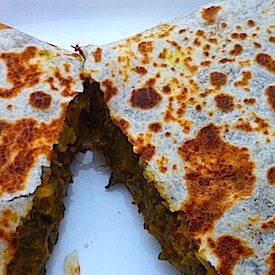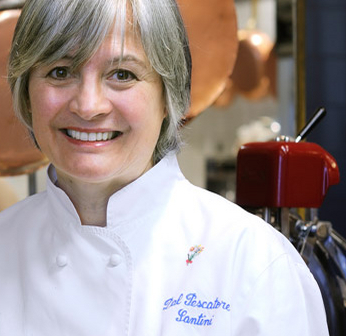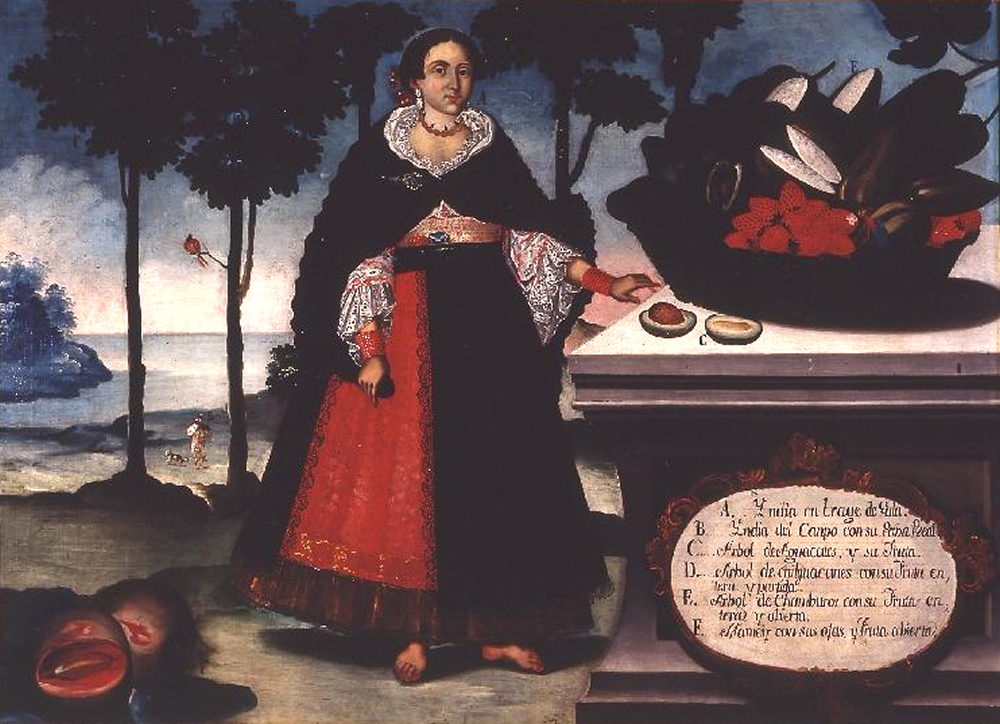
Indigenous Woman of Ecuador with Avocado, by Vicente Alban 1783
In holiday mode, in requisite plaid flannel pajamas, and a little fuzzy from last night’s Chenin Blanc, I did what countless others did on Boxing Day morning: I reached for a platter of avocado toast with one hand, and my iPhone with the other.
I love my avocado toast light on the loaf and heavy on the green gold with jumbo nuggets of tomato. I shave local farm grown garlic straight up from the cheese grater and adorn with salt, a liberal lemon squeeze, and a few drops of something spicy on top.
The news these days is all gloom and doom and we are sick to death of hearing about COVID, so more often than not, at breakfast I’m scrolling Instagram instead, hunting down either art or food porn and recipes.
I won’t likely change it up next hangover brunch, but if I decide to switch styles, Instagram overflows with #avocadotoast hits. Almost two million, to be precise. Options abound: the pumpernickel with warm egg yolks over guacamole looks particularly delicious. Why, just add orange juice to make it a complete breakfast! There are some with grilled mushrooms and black olives that would go down nice with a Bloody Caesar.
Most of us probably think of “avocado toast” as being a kind of millennial thing, a by-product of vegan cafes and global consciousness. But it was first mentioned in a newspaper- California, of course, way back in 1887.

Salvador Dali did not invent it, either, although you’ll come across that claim online. Who knew? The infamously weird artist always wanted to be a chef, and released his surreal cookbook, Diners de Gala, in the early 70s. Lo and behold, pre-Instagram, recipe 129 is for Avocado Toast! Beware: his is not vegan, and calls for lamb brains. And tequila.
Long before these, however, Mexicans had this figured out. The avocado is, after all, their fruit. We don’t know the exact date that maize flatbread- the tortilla- married mashed avocado. But since they’ve been making tortillas for some ten thousand years, and growing avocados for 350 million years, it’s been awhile.

The avocado: nature’s perfect food. Technically, it’s a berry. It’s bumpy, brown and bulbous to look at, but inside is rich, buttery green goodness. The flavours are soft and subtle, not easy to describe, but pair perfectly with anything from arugula to sushi to, well, lamb brains. They’re a godsend to vegetarians because they are substantial and go great with umami flavours. Carnivore and keto folks love them even more- avocados are one of the only high fat, low carb vegetables around.
The first avocados were a whole lot more pit and not as much butter. In the age of megafauna, at the start of the Cenozoic era, they were giant fruits for even more gigantic beasts to consume and then poop. By dropping off the seed far away from the dinner spot, the trees were planted all over the prehistoric world. K. Annabelle Smith at the Smithsonian Magazine tells of a fascinating evolutionary history, a world where mammoths and mega-sloths and gomphotheres (extinct now and kind of like elephants) spread the seeds over southern North America and northern South America.
Early Americans domesticated the avocado, probably around the same time they did corn. Peruvians were eating avocados at least as far back as 6000 BC. The Maya of Guatemala and Mexico loved them, too. At least three native peoples domesticated and farmed avocados independently of each other!
Our word “avocado” is from the Nahuatl, the Aztec language, “ahuacatl.” Did the fierce Aztecs also have a sense of humour? Some sources suggest that the Nahuatl word is also a slang for “testicles.”
They do look like testicles – it’s no secret that botany is pure sex- flowering, pollinating, reproducing, the birds and the bees. The way avocado fruits hang in pairs looks like they’re ready made to attach to the back of someone’s truck!
By the time the Spanish came, avocado was a staple of Mexican cuisine and culture. It was so important to the Aztecs that they accepted avocado harvests as payment for taxes. Not surprisingly, the fruits were symbols of fertility and love.
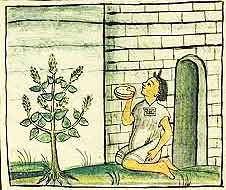
The Aztecs wrote and illustrated parts of their history of amate bark in what we now call the Aztec Codices. Each codex is a valuable resource for understanding the empire that preceded the Spanish conquest. The Aztec conquest lasted for nearly two centuries. The codices are fascinating documents filled with incredible artwork. The drawings range from the gory, depicting punishment for slaves or sacrificial rituals, to the mundane, showing the commonplace activities of daily life. While there are many more images of corn and cactus, both worshipped as deities, there are also avocados. The Florentine Codex shows a man beside an avocado tree, holding a bowl. This is believed to be “ahuacamolli”- guacamole. Another image shows an avocado tree and refers to Ahuacatlan- a city whose name means “place with lots of avocados.”
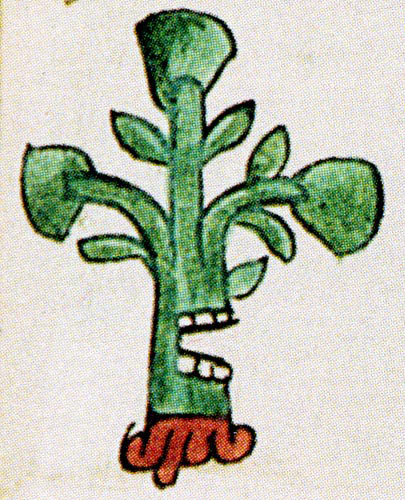
Ahuacatlan – Place of Many Avocados
Different kinds of avocados were essential to many Mesoamerican cultures, including highlands and lowlands throughout Central America, in Peru, and Ecuador, as well as in the Caribbean. Spain took them back home after conquest, introducing the avocado to Europe in 1601. They made their way eventually to Australia, the Middle East, the Philippines, Indonesia, and beyond.
Even so, Mexico remains the largest producer of avocados in the world- some two million metric tonnes annually. Other important producers are the Dominican Republic, Peru, Colombia, Indonesia, Brazil, and Israel.
With such big bucks, in recent years Mexican cartels have decided to get in on the game. The former cartel agribusiness of choice, cocaine, proves a drop in the bucket when it comes to global appetites. Government corruption and ruthless criminal gangs that control massive swathes of production and labour have long plagued our sunny southern neighbours, but usually in black markets like blow and ice. Now these gangs are demanding “taxes” from farmers and extorting impoverished peasants.
Should you boycott guacamole? You can buy yours from Peru or Israel or Venezuela instead, sure, but they’ve all got problems of their own. Labourers also depend on their wares and cutting off the cartels also injures the hardworking poor. Boycotts often hurt more than they help. It’s a tough call.
Avocado farming is plagued by other problems, too, such as the price or scarcity of water. Some environmentalists call for boycott for ecological reasons. It’s difficult to get the exact data on this issue, however. Many resources cite 200 litres of water needed to grow a single avocado, which sounds like a lot until you learn that a banana takes 700 and beef takes thousands. But other sources say it’s more like 700 litres. Resources like the World Avocado Association will point out that no other food packs as much nutritional punch per gallon of water, making avocado agriculture a steal with all that C, E, K, B1, B2, B3, B4, B5, B6, and minerals iron, zinc, magnesium, manganese, phosphorus, potassium, folic acid, beta carotene, cryptoxanthin, lutein, zeaxanthin and copper. Grains like rice take two to three thousand litres of water per kilo and don’t have anywhere near the nutrient density.
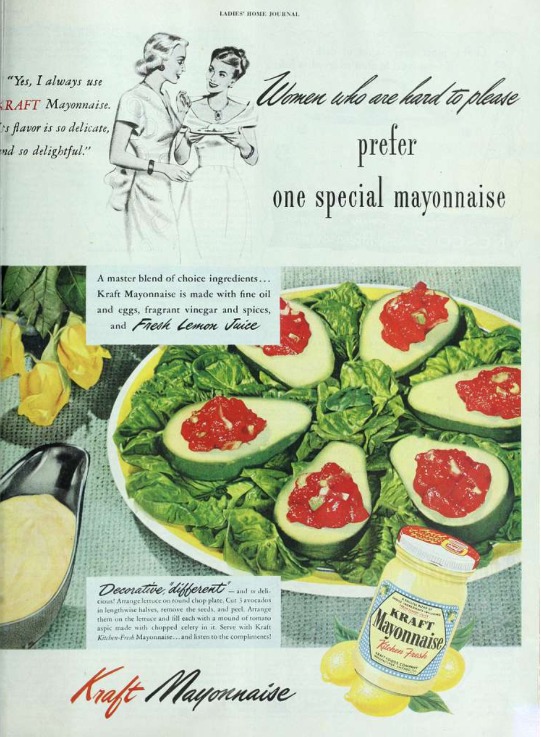
An ad from Ladies Home Journal 1948
Of course, avocados have their naysayers among nutritionists, too. The most common complaint comes the misguided relics of the era that believed fat was the source of all that ails us. Avocados ARE extremely high in fat, but this is one reason they are so essential. Others assure us that the monounsaturated fats in avocado are “good fats,” not like those toxic saturated animal fats. But Mexicans were scarfing down their cornbread and guacamole with heaps of mammoths, pigs, and turkeys- not to mention the grasshoppers.
Others point out that avocados are low in protein, and others still, lament that they low in fibre. Diehard keto people diss the jolly green giant because it is too HIGH in carbohydrates, although it is very low in carbs compared to other plant foods. A small apple, for example, has more than 20, and not nearly as much punch in the vitamin profile.
(Far more dangerous than the fat or the paucity of fibre is avocado preparation. The rubbery, round pit inside is slippery and frequently sends sharp knives on the rebound, with cooks slicing their hands instead. There are thousands of these injuries annually, some quite serious- severed thumbs and fingers, infected wounds, and sliced nerves and tendons.)
But you can’t please everyone.
Guacamole enthusiasts will find it hard to believe, but entire cultures view the avocado as dessert, not a savoury cuisine. Brazil chooses to mash up sugar and lime to make a kind of sweet mousse (Crème de Abacate). Indonesia mixes chocolate and sugar into avocado milkshakes!!!
To each their own, I suppose.
Even my very classic guacamole on toast is way off. Shocker: authentic Mexican guacamole doesn’t have garlic in it! And it doesn’t use lemon- lime only. It might have tomatoes and some chiles and cilantro and some salt. Purists will insist on nothing but avocado mash and salt.
However you make it, and whether or not yours is bound for Instagram- it’s good for what ails you. Here’s to another year of the good stuff: wine, guacamole, and avocado toast.
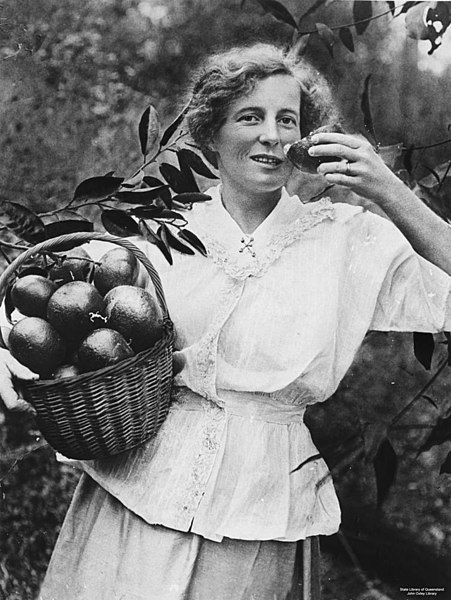
A vintage photo from Australia, 1920s
***
Bookshelf Recommendation:
An Avocado a Day, by Lara Ferroni (Sasquatch Books, 2017)
This book is a godsend. It features a wide array of popular and inventive avocado eats, including dressings, as well as the dessert options. It has photos of different avocado varieties and descriptions of their different qualities.
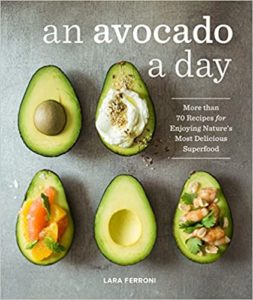
Green Goddess Guacamole
One of my very favourite Mexican flavours if salsa verde- the green salsa from tomatillos that can range from cooling and mild to stuffed with jalapeños. If you blend a few avocados into this- whether it’s homemade or jarred- it’s absolutely heavenly.
Betty’s Guac
Every time I visited my Dad and Betty, there would be some kind of guacamole for a snack. My favourite of Betty’s concoctions was the blue cheese dip for blue corn chips.
It’s easy: mash up some ripe avocados, crumble in blue cheese to your taste, chop up black olives, and lots of cilantro.




